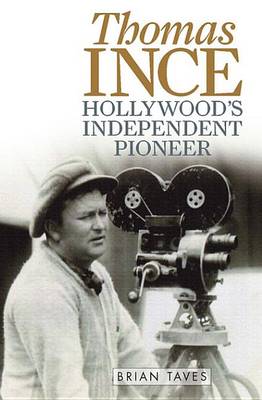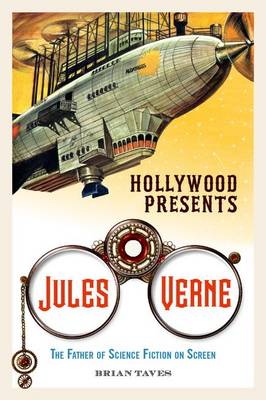Screen Classics
2 total works
Of all the military assignments in Vietnam, perhaps none was more challenging than the defense of the Mekong River Delta region. Operating deep within the Viet Cong--controlled Delta, the 9th Infantry Division of the U.S. Army was charged with protecting the area and its population against Communist insurgents and ensuring the success of the South Vietnamese government's pacification program. Faced with unrelenting physical hardships, a tenacious enemy, and the region's rugged terrain, the 9th Division established strategies and quantifiable goals for completing their mission, effectively writing a blueprint for combating guerilla warfare that influenced army tacticians for decades to come. In The 9th Infantry Division in Vietnam: Unparalleled and Unequaled, Ira A. Hunt Jr. details the innovative strategies of the 9th Division in their fight to overcome the Viet Cong. Based on Hunt's experience as colonel and division chief of staff, the volume documents how the 9th Division's combat effectiveness peaked in 1969. A wealth of illustrative material, including photos, maps, charts, and tables, deepens understanding of the region's hazardous environment and clarifies the circumstances of the division's failures and successes. A welcome addition to scholarship on the Vietnam War, The 9th Infantry Division in Vietnam will find an audience with enthusiasts and scholars of military history.
Even for those who have never read Jules Verne (1828--1905), the author's very name conjures visions of the submarine in Twenty Thousand Leagues Under the Sea, the epic race in Around the World in Eighty Days, the spacecraft in From the Earth to the Moon, and the daring descent in Journey to the Center of the Earth. One of the most widely translated authors of all time, Verne has inspired filmmakers since the early silent period and continues to fascinate audiences more than one hundred years after his works were first published. His riveting plots and vivid descriptions easily transform into compelling scripts and dramatic visual compositions.
In Hollywood Presents Jules Verne, Brian Taves investigates the indelible mark that the author has left on English-language cinema. Adaptations of Verne's tales have taken many forms -- early movie shorts, serials, feature films, miniseries, and television shows -- and have been produced as both animated and live-action films. Taves illuminates how, as these stories have been made and remade over the years, each new adaptation looks back not only to Verne's words but also to previous screen incarnations. He also examines how generations of actors have portrayed iconic characters such as Phileas Fogg and Captain Nemo, and how these figures are treated in pastiches such as Journey 2: The Mysterious Island (2012). Investigating the biggest box-office hits as well as lower-budget productions, this comprehensive study will appeal not only to fans of the writer's work but also to readers interested in the ever-changing relationship between literature, theater, and film.
In Hollywood Presents Jules Verne, Brian Taves investigates the indelible mark that the author has left on English-language cinema. Adaptations of Verne's tales have taken many forms -- early movie shorts, serials, feature films, miniseries, and television shows -- and have been produced as both animated and live-action films. Taves illuminates how, as these stories have been made and remade over the years, each new adaptation looks back not only to Verne's words but also to previous screen incarnations. He also examines how generations of actors have portrayed iconic characters such as Phileas Fogg and Captain Nemo, and how these figures are treated in pastiches such as Journey 2: The Mysterious Island (2012). Investigating the biggest box-office hits as well as lower-budget productions, this comprehensive study will appeal not only to fans of the writer's work but also to readers interested in the ever-changing relationship between literature, theater, and film.

